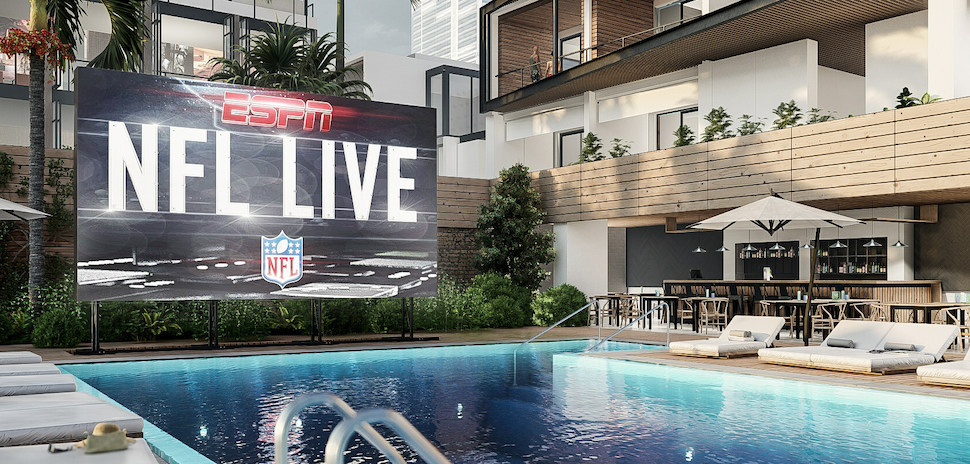Exploring the Longevity of LED Display Screens in Contrast to Conventional Screen Technologies
Exploring the Longevity of LED Display Screens in Contrast to Conventional Screen Technologies
Blog Article
LED panel screens have become progressively popular in recent years, particularly in settings like schools, corporate spaces, and community spaces. These panels use light-emitting lights (LEDs) to create vivid and lively visuals. One of the most notable benefits of LED innovation is its durability compared to conventional screen methods, such as cathode ray tubes (CRTs) and liquid crystal screens. Grasping the differences in duration and functionality between these options can assist buyers make knowledgeable decisions about their display needs.
Classic display methods, like CRTs, have been present for many decades. They were commonly used in TVs and computer screens. However, CRTs have a shorter lifespan, generally lasting around 10,000 to 20,000 hours of operation. This means that after a few years, consumers may notice a decline in image clarity, such as fading or color deformation. In comparison, LED wall screens can last considerably longer, often exceeding 50,000 hrs. This prolonged lifespan means that consumers can experience consistent performance without the requirement for frequent substitutions.
Another important factor to consider is energy conservation. LED panel panels utilize less energy than traditional displays, which not only benefits the ecosystem but also reduces electricity expenses. For instance, review while a CRT monitor may use around 100 watts of energy, an LED panel can use as few as 30 to 50 W. This difference in power usage adds to the overall durability of LED innovation, as reduced power consumption generates less thermal energy. Excess heat can damage electrical parts, leading to a shorter duration for conventional displays.
In addition to their longer duration and energy conservation, LED panel panels also provide superior image clarity. They offer brighter colors and improved differentiation, making them perfect for various applications, from marketing to learning displays. The innovation behind LED panels allows for a broader sight perspective, meaning that images remain sharp and lively even when seen from the side. This is a significant advantage over conventional screens, which often experience from color deformation and diminished luminosity at wider angles.
In summary, the durability of LED panel screens compared to traditional display methods is a key aspect for buyers to consider. With durations that can surpass 50,000 hours, energy efficiency, and superior visual clarity, LED innovation provides many benefits. As technology continues to advance, LED wall screens are probably to turn even more common in multiple settings. Understanding these distinctions can help individuals and entities make improved decisions when purchasing in screen innovation, ensuring they receive the best value for their needs.